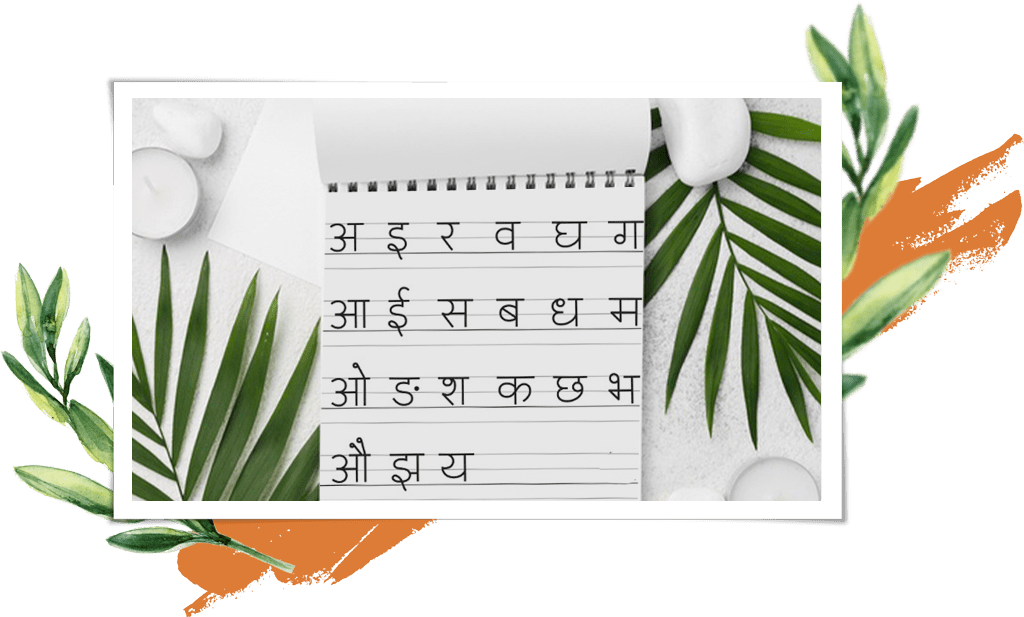SALES CHANNEL PARTNER AGREEMENT
This Agreement (the "Agreement") is made and entered into as of , by and between Penkraft Ideas Pvt Ltd, with its registered address at 5/201, Vijay Park, Kasarvadavli, Ghodbunder Road, Thane, Maharashtra 400615, hereinafter referred to as "Company", and , a resident of , hereinafter referred to as "Channel Partner".
Scope of Agreement
1.1 Purpose:
This Agreement outlines the terms and conditions under which the Channel Partner will act as a sales channel for the Company's products and/or services (the "Products").
1.2 Products:
The Products and/or Services covered by this Agreement include:
(a) Subject Franchise
(b) Online Teachers' Training
(c) Online Courses
(d) Art Attack
(e) Do-It-Yourself (DIY) Kits
(f) Gifts Products
(g) Qyaari by Penkraft Products
(h) Masterclasses
1.3 Territory:
The Channel Partner is authorized to sell the Products within the designated territory.
Roles and Responsibilities
2.1 Company:
- Provide Channel Partner with necessary training, marketing materials, and ongoing support to effectively sell the Products and/or Services.
- Ensure the timely delivery and quality of the Products and/or Services.
- Handle all customer inquiries and complaints related to the Products and/or Services, except those handled by the Channel Partner as outlined in Section 2.2.
2.2 Channel Partner:
- 2.2.1: Use best efforts to promote and sell the Products and/or Services within the designated territory.
- 2.2.2: Maintain a professional and ethical sales approach.
- 2.2.3: Provide timely and accurate information to customers regarding the Products and/or Services.
- 2.2.4: Handle initial customer inquiries and complaints, escalating complex issues to the Company.
- 2.2.5: Maintain a database of customer information and sales activities, and share it with the Company on a regular basis, and as requested.
2.3 Agency:
Nothing contained herein shall constitute to make the licensee an agent, legal representative, partner, subsidiary, joint venture partner, or employee of the licensor.
Pricing and Payment
3.1 Pricing:
The pricing for the Products will be as outlined in Schedule A attached to this Agreement, subject to amendment by the Company from time to time, of which the Company shall keep the Channel Partner informed.
3.2 Payment:
Channel Partner will be paid a commission of 20% on sales of Products, and 10% on sales of Services, made within the designated territory.
3.3 Payment Terms:
- Payments will be made weekly, every Sunday, for the sales week completed on the preceding Saturday.
Confidentiality
4.1:
Channel Partner agrees to keep confidential all information provided by the Company, including but not limited to pricing, sales strategies, and customer data.
4.2:
This confidentiality obligation survives the termination of this Agreement.
Term and Termination
5.1 Term:
This Agreement shall commence on the date of execution and shall continue for a period of 12 months, unless terminated earlier as provided herein.
5.2 Termination:
- 5.2.1: Either party may terminate this Agreement upon 7 days’ notice to the other party.
- 5.2.2: The Company may terminate this Agreement immediately upon notice if the Channel Partner violates any material provision of this Agreement.
5.3 Effect of Termination:
Upon termination, Channel Partner shall cease all sales activities for the Products and return all Company materials.
Intellectual Property
6.1:
The Company retains all ownership rights to its trademarks, logos, and all other intellectual property.
6.2:
Channel Partner agrees not to use the Company's intellectual property in any manner that is not specifically authorized by the Company.
Governing Law
7.1:
This Agreement shall be governed by and construed in accordance with the laws of the State of Maharashtra, India.
Entire Agreement
8.1:
This Agreement constitutes the entire agreement between the parties with respect to the subject matter hereof and supersedes all prior agreements and understandings.
IN WITNESS WHEREOF, the parties have executed this Agreement as of the date first written above.
